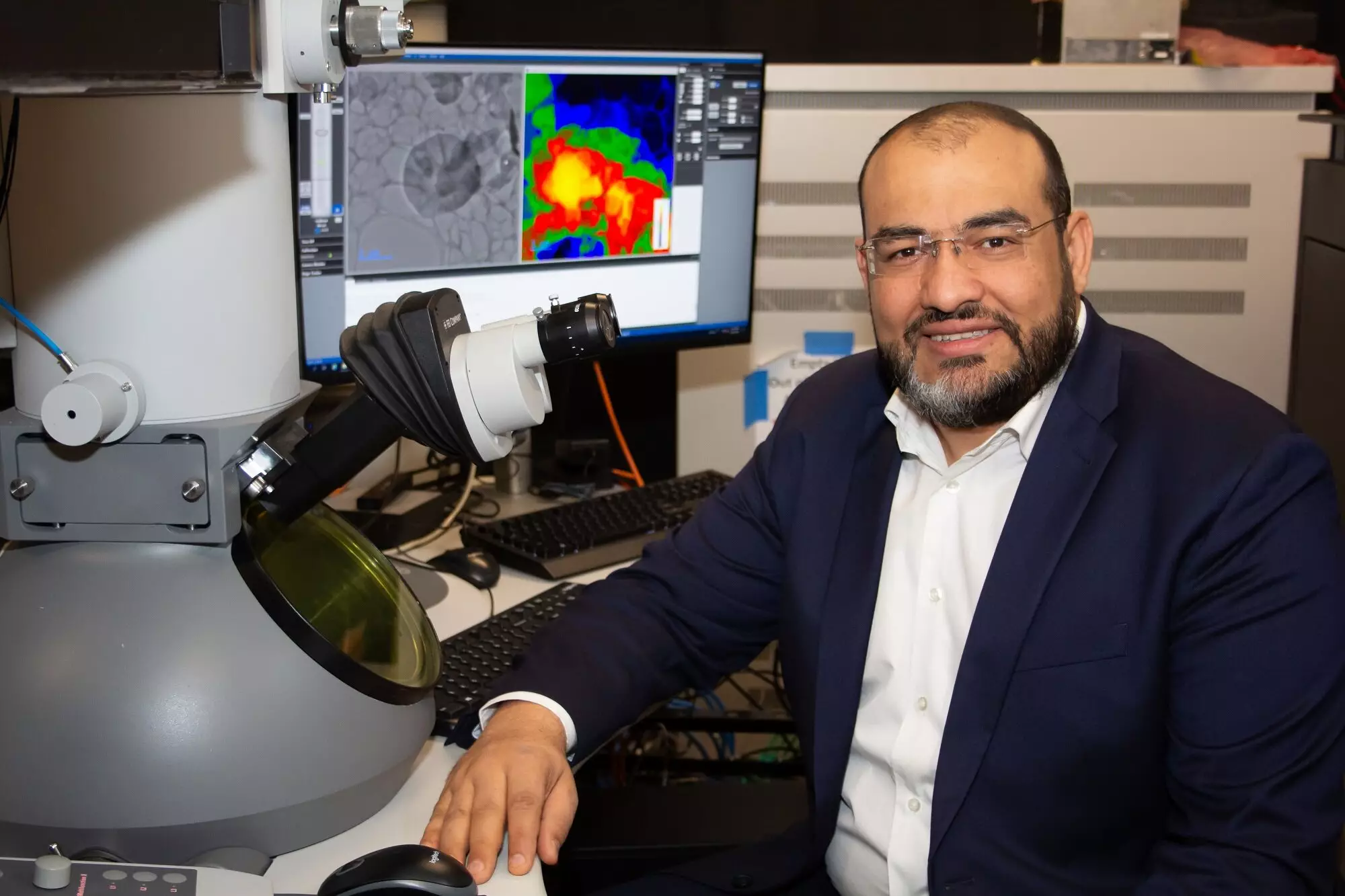The fascinating world of quantum mechanics continues to dazzle and challenge scientists, particularly when it comes to the behavior of fundamental particles like electrons. Recently, a groundbreaking development from researchers at the University of Arizona promises to redefine what is possible in electron microscopy. This innovation—the fastest electron microscope on the planet—offers scientists the unprecedented ability to capture movements of electrons in real time. This leap in technology not only enhances research in fields such as physics, chemistry, and bioengineering but also paves the way for revolutionary advancements in materials science and other disciplines.
Dr. Mohammed Hassan, an associate professor leading the research team, draws a compelling analogy to smartphone cameras. He asserts that, just as modern smartphones boast improved photographic capabilities, this new transmission electron microscope (TEM) comes equipped with technological advancements allowing scientists to visualize phenomena that were previously hidden from view. According to Hassan, the microscope acts like a powerful camera that captures an otherwise elusive subject—the electron—thus opening new avenues for scientific inquiry.
At its core, a transmission electron microscope magnifies samples to millions of times their actual size, enabling the visualization of details that are imperceptible using conventional light microscopes. Rather than utilizing visible light, this microscope employs beams of electrons that interact with the specimen of interest. Innovations in ultrafast electron microscopy developed in the early 2000s harnessed laser technology to produce pulsed electron beams, significantly improving the temporal resolution of these imaging systems.
Traditional ultrafast electron setups achieved pulse durations on the order of attoseconds—an astonishing quintillionth of a second—yet they could still miss crucial moments occurring in between captured frames. In contrast, the U of A team has broken new ground by creating an individual attosecond electron pulse. This eliminates the gaps that scientists encountered in earlier methods, much like how high-speed cameras capture rapid action that the human eye cannot follow. The implications of this technology are profound; it captures electrons in their natural motion, revealing behaviors that are central to the understanding of quantum mechanics.
The lineage of this remarkable achievement can be traced back to the acclaimed work by Nobel Prize winners Pierre Agostini, Ferenc Krausz, and Anne L’Huilliere. Their pioneering efforts in generating the shortest measurable extreme ultraviolet radiation pulse laid the groundwork for U of A researchers to innovate further. Utilizing techniques developed from this Nobel-winning research, the Arizona team has made advances that drastically elevate the capabilities of electron microscopy.
Central to their new process is the clever manipulation of laser light into two key components: the fast-moving electron pulse and two ultrashort light pulses. The deployment of these elements allows the research team to create a time-gated, single attosecond electron pulse. The first pulse, known as the pump pulse, provides energy to the sample. By exciting the electrons and triggering rapid changes, the researchers can better capture significant movements. The second pulse, the optical gating pulse, plays a vital role by establishing a temporal window for the individual electron pulse, thus determining the microscope’s resolution.
The implications of this technological leap are vast and multifaceted. With the ability to observe electron behavior in real time, scientists will be better equipped to unravel intricate quantum phenomena. This could lead to enhanced understanding and ultimately improved technologies in various fields, from renewable energy to medical science. The research team, consisting of Mohammed Hassan, Nikolay Golubev, Dandan Hui, Husain Alqattan, and Mohamed Sennary, is optimistic about the future. They envision a world in which the fundamental building blocks of matter, like electrons, can be studied with surgical precision, thereby shedding light on complex interactions that drive the universe.
The development of the world’s fastest electron microscope marks a significant paradigm shift in the realm of microscopic imaging. By breaking new ground in attosecond electron pulse technology, researchers at the University of Arizona not only allow scientists to ‘capture’ electrons but also revolutionize the very nature of our exploration into the quantum world. As this innovative tool finds its way into laboratories, one can only imagine the plethora of discoveries and advancements that await, fundamentally altering our grasp of the building blocks of the universe.

